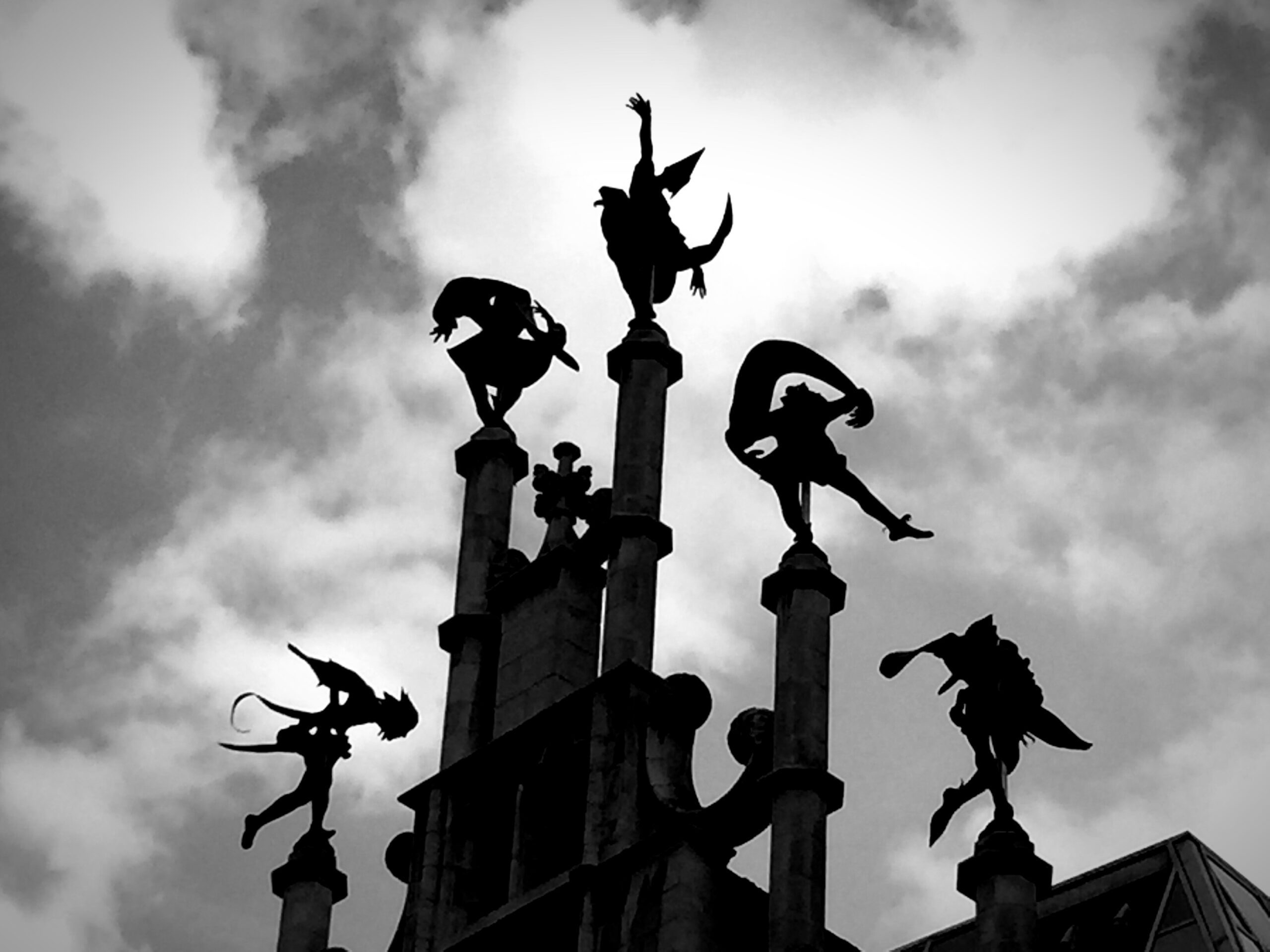
Level One: Manifest Content
This is one area where most psychoanalysts are in agreement with one another regarding dream content—and are in agreement with non-analytic observers of dream content. There often is material in dreams that relate to events and thoughts that occurred during the day prior to bedtime. Freud wrote about this previous day residue and of the “manifest” content in the dream that borrows directly for this residue. We dream about a meeting that actually occurred during the previous day or we dream of an interaction we had with our child prior to falling asleep. It was not unusual that someone sleeping in the dream lab had dreams filled with recollections of this unusual event in the dreamer’s life (for example, having the electrodes attached to their head, sleeping in a strange bed, being woken up at night by “strangers”).
Considerable agreement is also to found regarding the occurrence of this daytime residue in dreams. This residue is most likely to be found in the early dreams of a night. Later dreams tend to incorporate events and thoughts from earlier in the dreamer’s life as well as content that is highly fanciful and unrelated directly to any events or thoughts that have actually occurred in either the dreamer’s recent history or distant past. It is this “regression” from recent events to past events or non-events that provides “grist for the meal” when it comes to interpretations of dream content—and it is where perspectives on the content of dreams tends to diverge.
Obviously, one can conclude that the manifest content of a dream is just that: a repeat of those events that are most interesting or most puzzling for the dreamer. All of us have pondered about and rehearsed a specific event that occurred previously in the day. We have all given additional thought to an idea we considered at a previous time during an event-filled day. The “slow-thinking” (Kahneman, 2013) that we do when carefully considering some issue often includes a review of previously occurring events or previously considered ideas. It makes absolute sense to propose that we also do this review in our dreams—and in our hypnogogic state while falling asleep.
It is at this point that the interpretive pathways diverse. And these pathways never cross again. Beginning with Freud’s revolutionary interpretation of dreams, the manifest content of a dream has never been left alone. As French and Fromm (1964, p. 164) note with regard to Freud’s discovery about dreams: “. . . the chains of association that lead from the latent dream thoughts to the manifest dream seem to give evidence of displacement of energy without regard for reality or logical relations.” While, as ego psychologists, French and Fromm are more interested in Ego-driving problem-solving ventures rather than Id-driven management of energy, they recognize as Freud did that there is a “chain of association” between the manifest content of a dream and the more elusive “latent” content of the dream. For French and Fromm this association is based in what they call the “cognitive structure” of the dream (to which I shall turn shortly).
Before doing so, I will identify the obvious connections between the content of Katherine’s nightmarish dream and activities that occurred during the day prior to her visiting the dream lab. As Katherine repeatedly told us, she was “addicted” to the game of Bridge. She undoubtedly played her accustomed game of Bridge in the Student Union at the University of Oregon during the previous day. Even if she didn’t play this game, it is fair to assume that she was thinking about and pondering a game she had played during the previous day or two.






